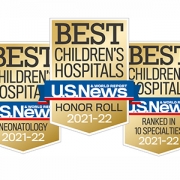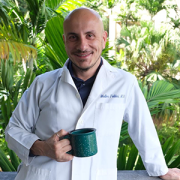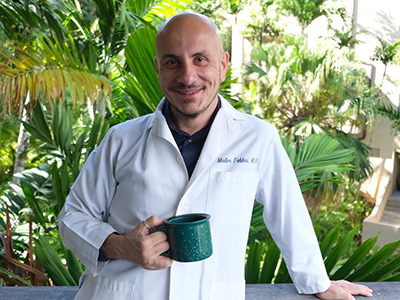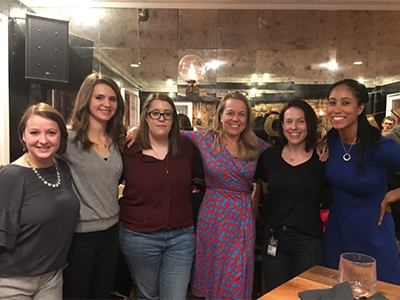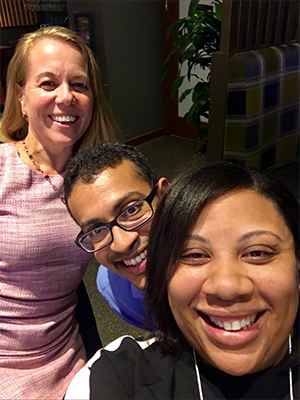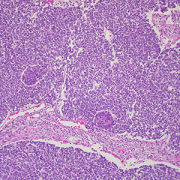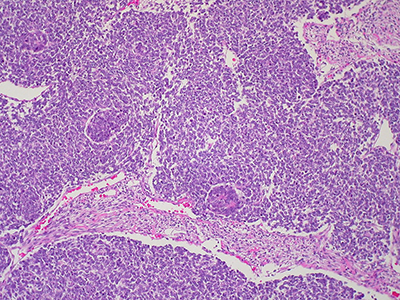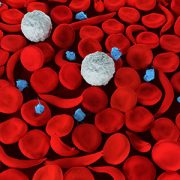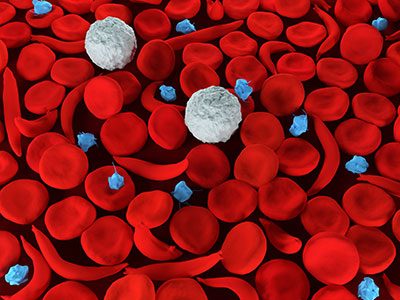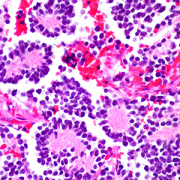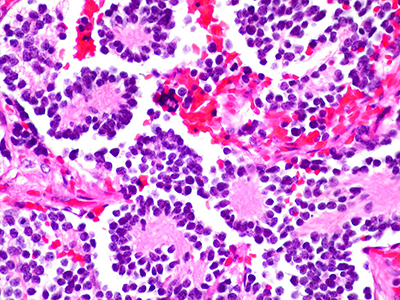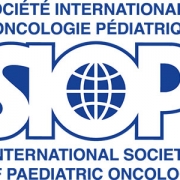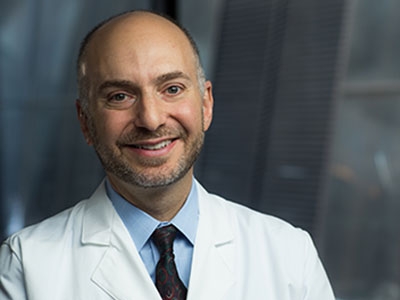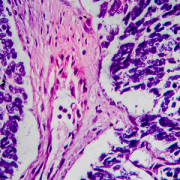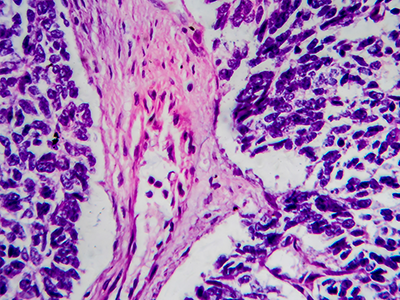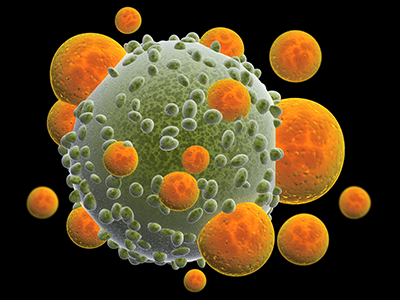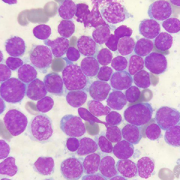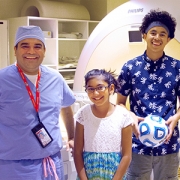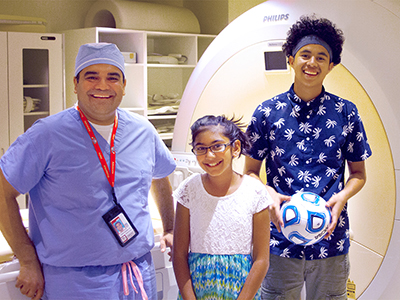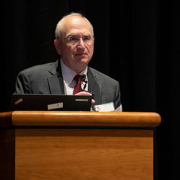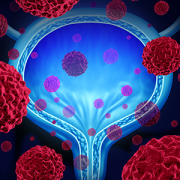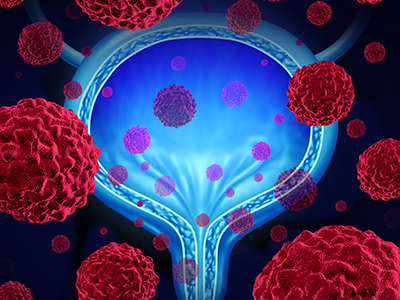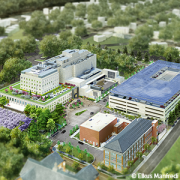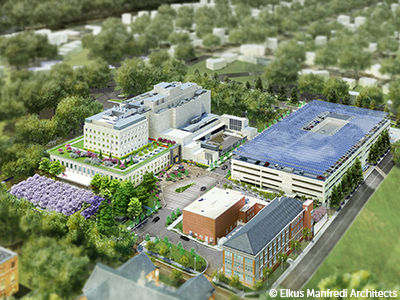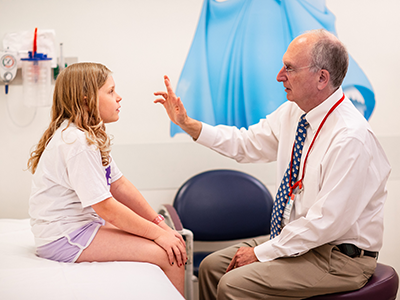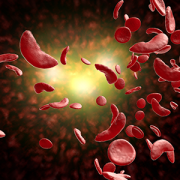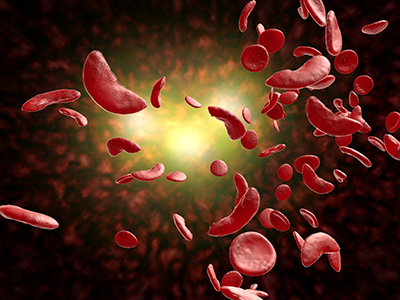For fifth year in a row, Children’s National Hospital nationally ranked a top 10 children’s hospital

Children’s National Hospital in Washington, D.C., was ranked in the top 10 nationally in the U.S. News & World Report 2021-22 Best Children’s Hospitals annual rankings. This marks the fifth straight year Children’s National has made the Honor Roll list, which ranks the top 10 children’s hospitals nationwide. In addition, its neonatology program, which provides newborn intensive care, ranked No.1 among all children’s hospitals for the fifth year in a row.
For the eleventh straight year, Children’s National also ranked in all 10 specialty services, with seven specialties ranked in the top 10.
“It is always spectacular to be named one of the nation’s best children’s hospitals, but this year more than ever,” says Kurt Newman, M.D., president and CEO of Children’s National. “Every member of our organization helped us achieve this level of excellence, and they did it while sacrificing so much in order to help our country respond to and recover from the COVID-19 pandemic.”
“When choosing a hospital for a sick child, many parents want specialized expertise, convenience and caring medical professionals,” said Ben Harder, chief of health analysis and managing editor at U.S. News. “The Best Children’s Hospitals rankings have always highlighted hospitals that excel in specialized care. As the pandemic continues to affect travel, finding high-quality care close to home has never been more important.”
The annual rankings are the most comprehensive source of quality-related information on U.S. pediatric hospitals. The rankings recognize the nation’s top 50 pediatric hospitals based on a scoring system developed by U.S. News. The top 10 scorers are awarded a distinction called the Honor Roll.
The bulk of the score for each specialty service is based on quality and outcomes data. The process includes a survey of relevant specialists across the country, who are asked to list hospitals they believe provide the best care for patients with the most complex conditions.
Below are links to the seven Children’s National specialty services that U.S. News ranked in the top 10 nationally:
- Neonatology (No. 1), led by Division Chief Billie Lou Short, M.D.
- Neurology and Neurosurgery (No. 3 (No. 3 nationally, the best in the Mid-Atlantic region), led by Division Chiefs William D. Gaillard, M.D., and Robert F. Keating, M.D.
- Cancer (No. 5), led by Division Chief Jeffrey S. Dome, M.D., Ph.D.
- Nephrology (No. 6), led by Division Chief Marva Moxey-Mims, M.D.
- Orthopedics (No. 6), led by Division Chief Matthew Oetgen, M.D., M.B.A.
- Pulmonology and Lung Surgery (No. 8), led by Division Chief Anastassios Koumbourlis, M.D., M.P.H.
- Diabetes and Endocrinology (No. 10), led by Division Chief Andrew Dauber, M.D., MMSc.
The other three specialties ranked among the top 50 were cardiology and heart surgery, gastroenterology and gastro-intestinal surgery, and urology.


